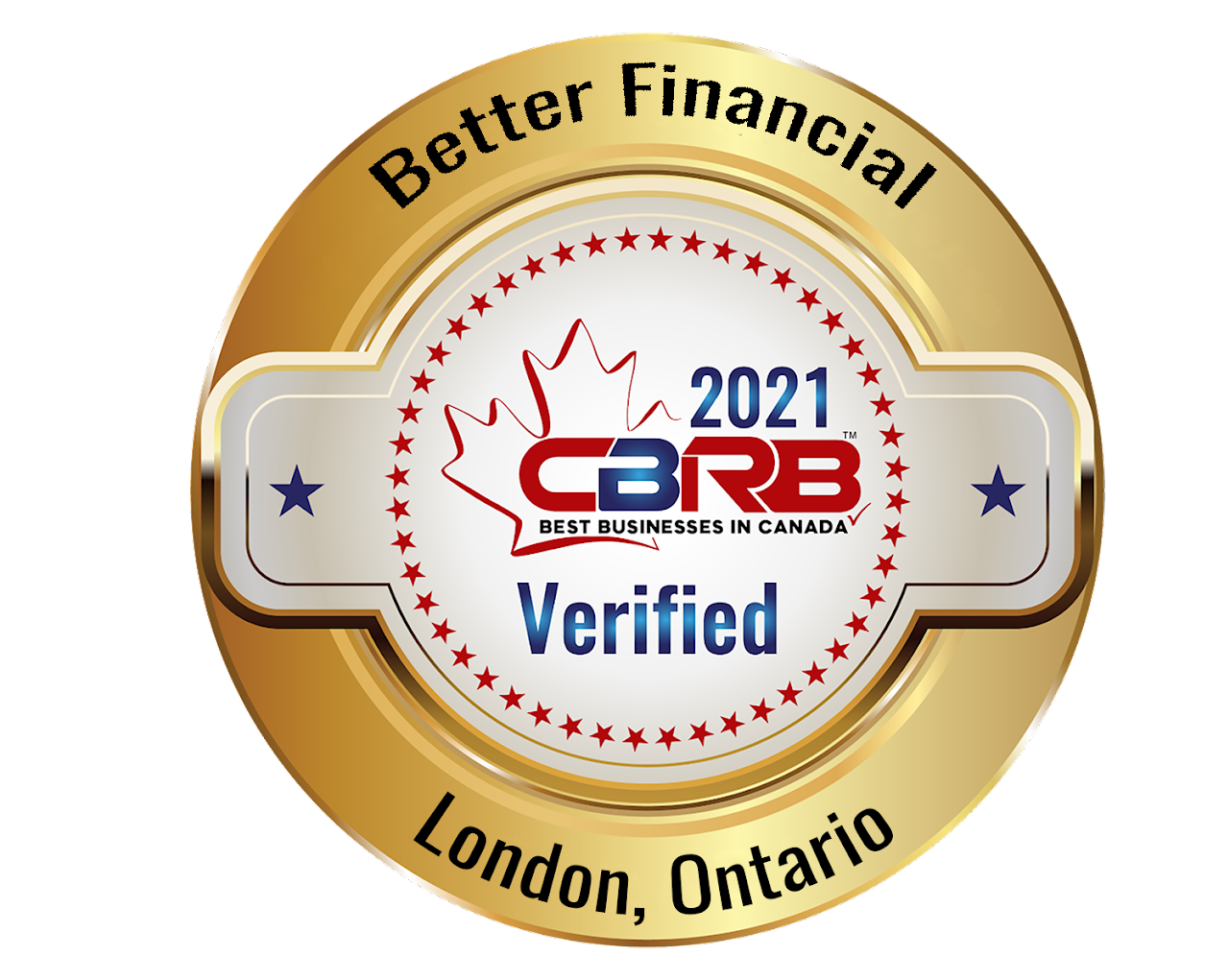Stretching Your Retirement Income
In this, the final installment of the series, Financial Strategies Simplified, we take a look at how to stretch your retirement income no matter how modest the starting balance.
There is a common misconception amongst clients that the day they retire their approach to investing and managing their RRSPs etc. has to change. But the reality is that today's Seniors are in many cases living until age 90 or more and the motherhood rules of investing - buy only safe fixed-income investments - may no longer apply.
This risk management idea worked well for retirees back in 1966 when the average life expectancy of the average Canadian was about 75 years. Today, seniors may in many cases be retired and drawing a pension from their investment assets for almost as many years as they worked during their careers!
How you manage your retirement portfolio in terms of asset allocation will have a profound effect on your lifestyle and ability to withstand rising inflation and taxes without going broke in the later retirement years.
Think about it, every year during retirement personal expenses continue to rise (car insurance, property taxes, house insurance, food and so on) but the income generated by 'safe' fixed-income investments usually stays flat. This creates a growing gap over time between income and expenses causing retirees to either deplete their savings (assets) or go into debt just to maintain a decent standard of living. Some retirees are eventually forced to deal with income shortfalls by moving in with their children or reducing overall lifestyle expenditures.
Stretching your retirement income means realizing that the amount of capital you start with does not need to decline in a straight line until the funds are depleted. It is possible with prudent investment management to get good cash flow from the starting balance of even a modest retirement savings portfolio.
For example, using a 65-year old with a $100,000* in RRSPs to draw pension income from starting this year, a retiree can expect to receive the following total amount of capital over a 30-year time span for these scenarios:
- GIC RIF using 2.5% interest rate for $100,000 for a 65-year old to depletion at age 93 has a total payout of $134,822.
- Life Annuity with a 10-year guarantee for a male will pay out $157,519.44 total over 25 years. Or about $10,000 less for a female.
- Normal RIF payment for registered funds of $100,000 for a 65 year-old over years at an assumed constant rate of return of 4% will pay out a total of $163,444 to age 94.
- Same as above but at an assumed rate of return of 7% will pay out a total of $225,535 with a capital balance remaining of $32,535 for a total of $258,070.
To achieve higher than a GIC rate of return a retiree will need to endure the emotional ups and downs of owning equity investments.
But perhaps the real conclusion is that the feeling of safety and certainly offered by fixed income investments (like GICs), is actually the highest level of risk-taking imaginable if your income stays flat while your expenses rise every year during retirement. The alternative is to take a chance on investing in growth assets with returns that keep pace with rising taxes and inflation. This is perhaps the only way to maintain your stand of living!
*All scenarios used standard RRIF illustration software from a large Canadian insurance company and are for illustrative purposes only. Results for individuals will vary by age, sex and capital levels amongst other variables. Amounts shown assume capital is depleted for Estate planning purposes.
Questions about retirement income?
Contact our office today !
Copyright © 2015 AdvisorNet Communications Inc. All rights reserved. This article is provided for informational purposes only and is not intended to provide specific financial advice. It is strongly recommended that the reader seek qualified professional advice before making any financial decisions based on anything discussed in this article. This article is not to be copied or republished in any format for any reason without the written permission of AdvisorNet Communications. The publisher does not guarantee the accuracy of the information and is not liable in any way for any error or omission.







